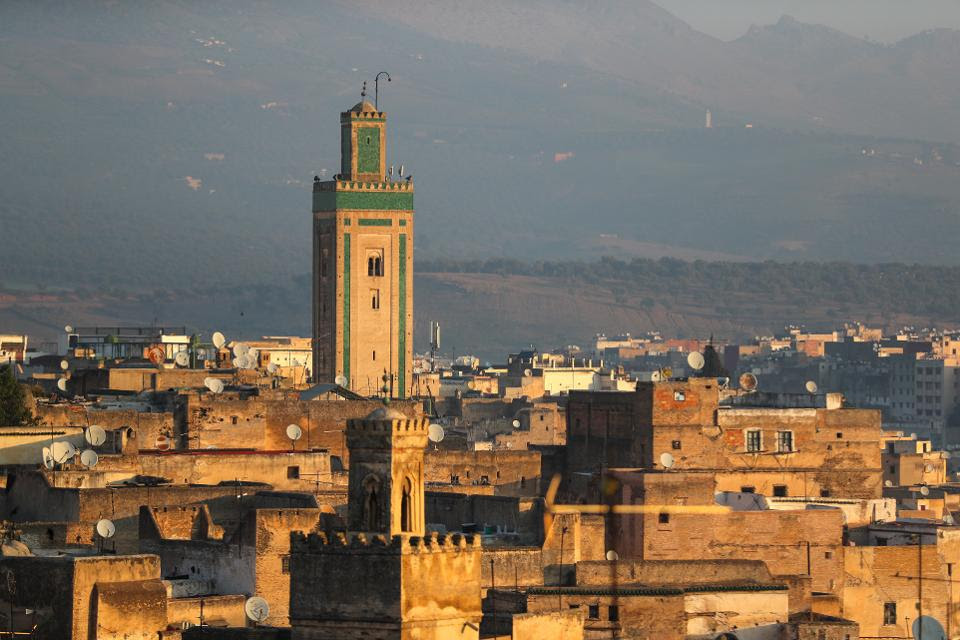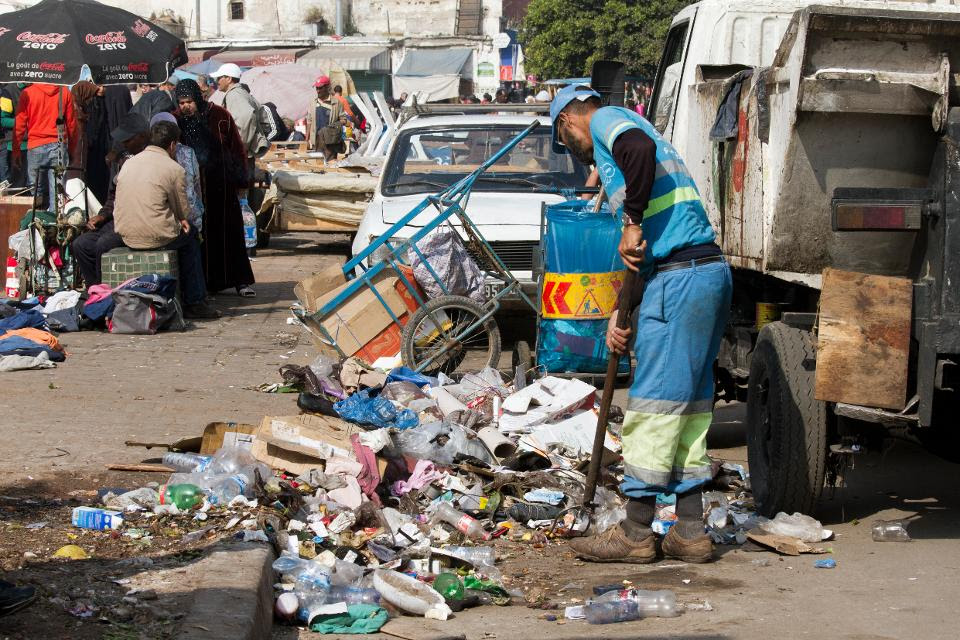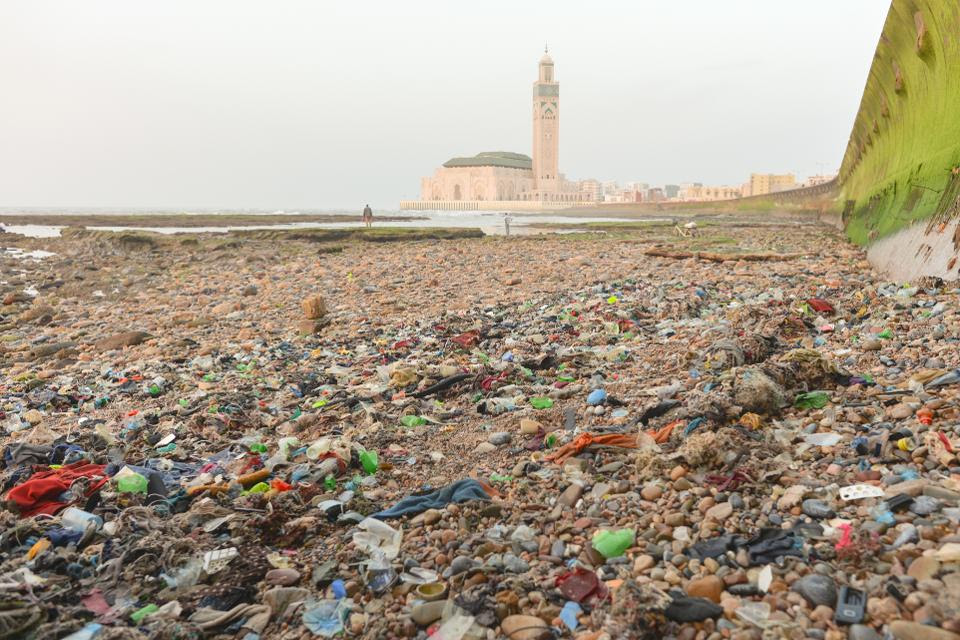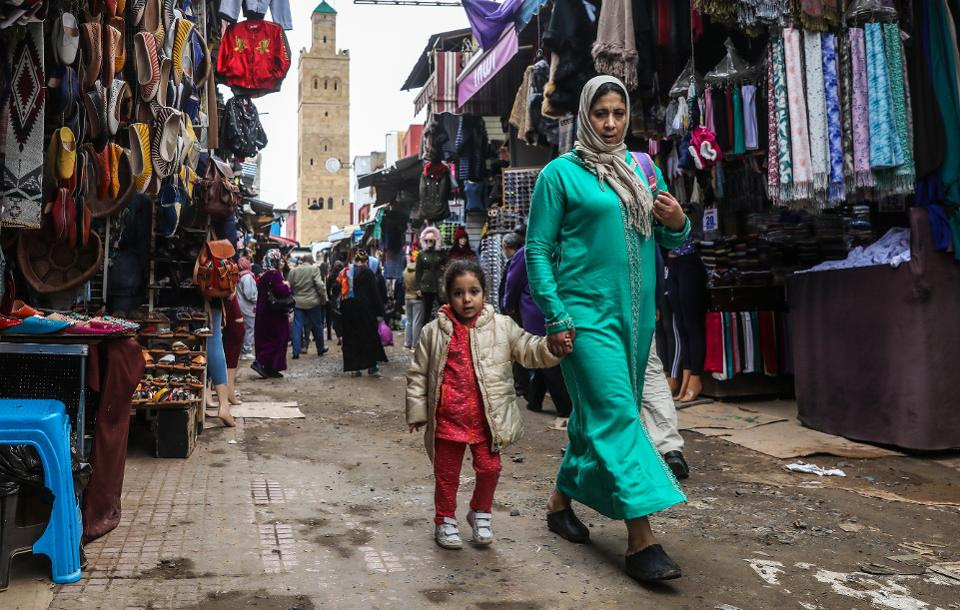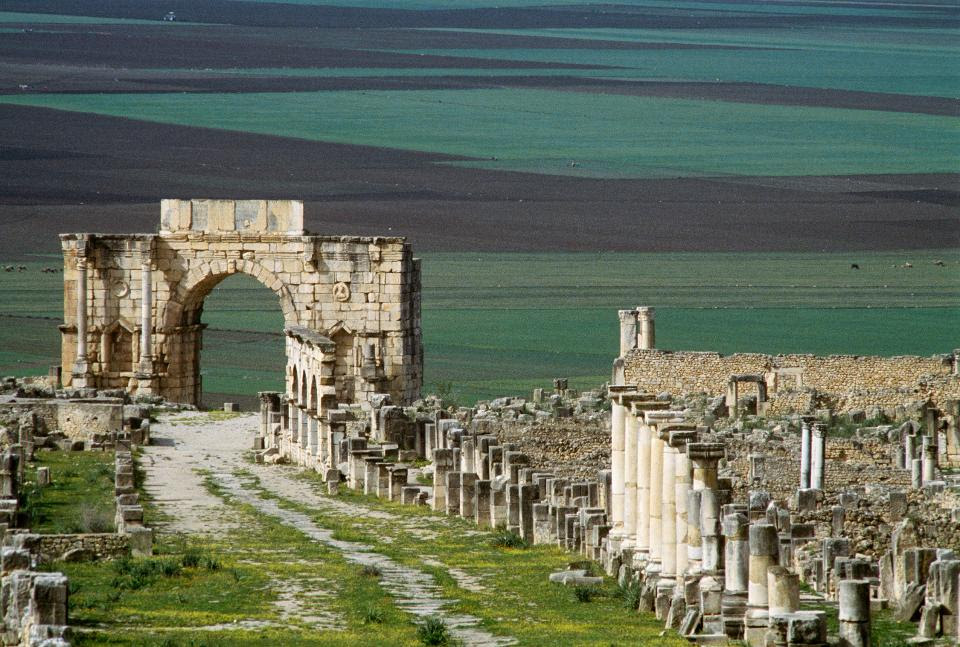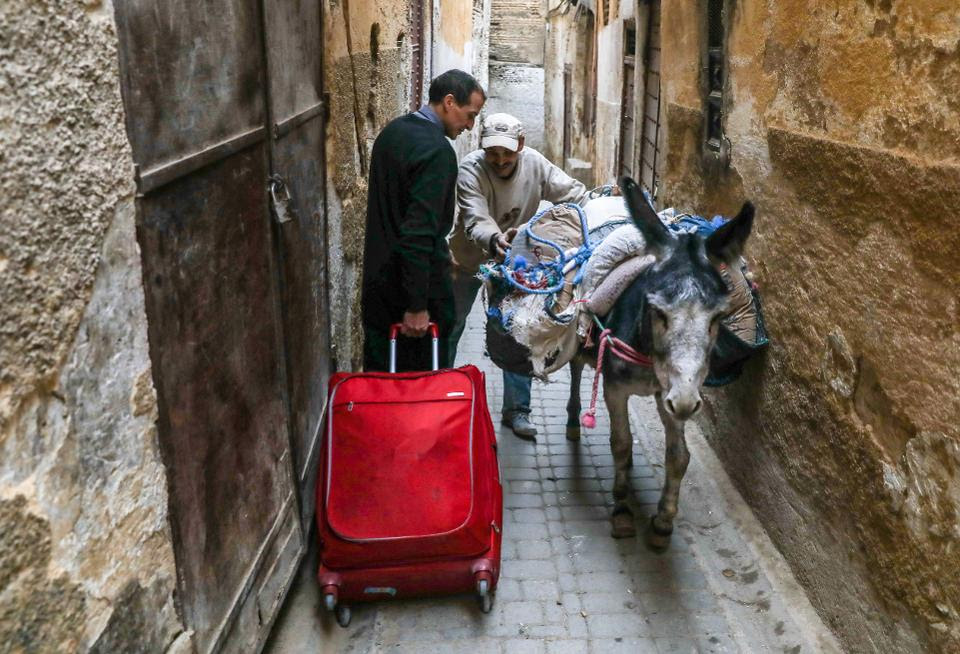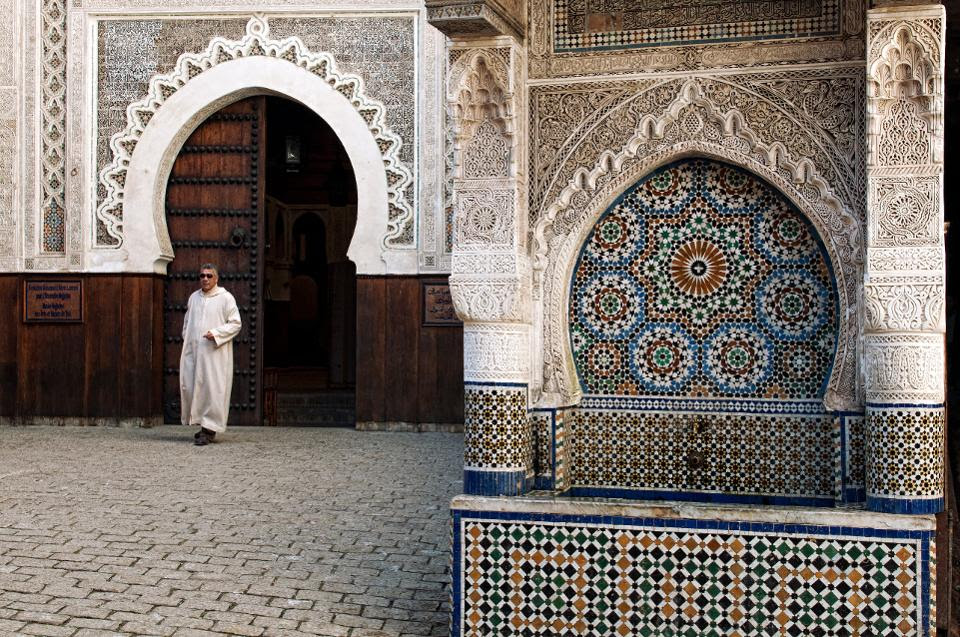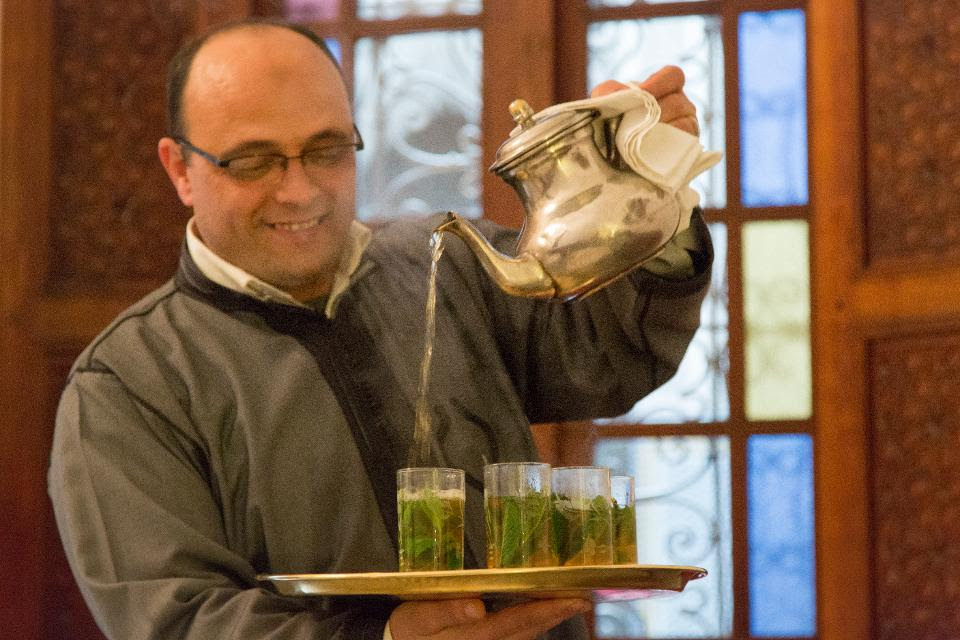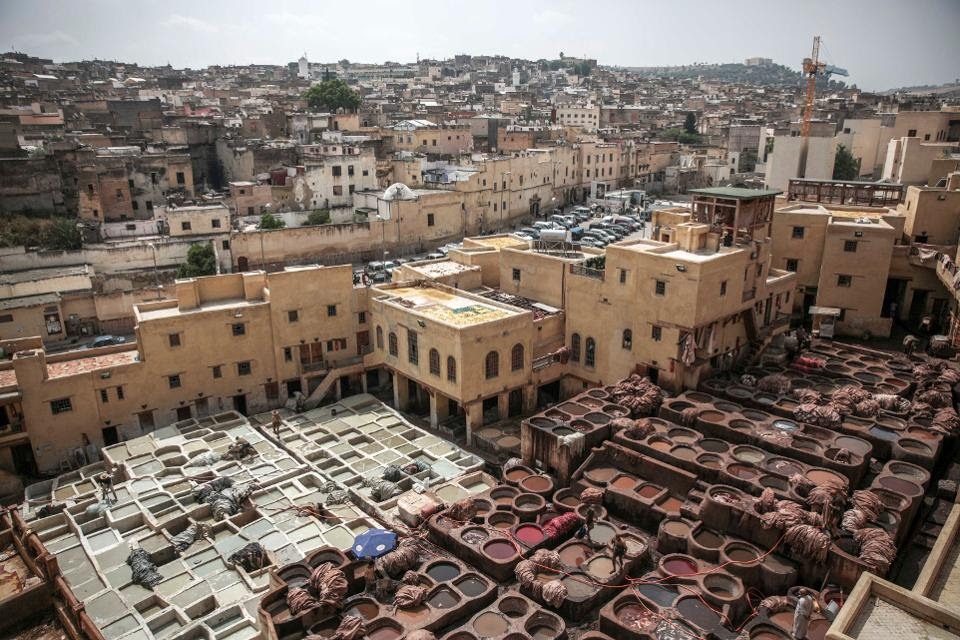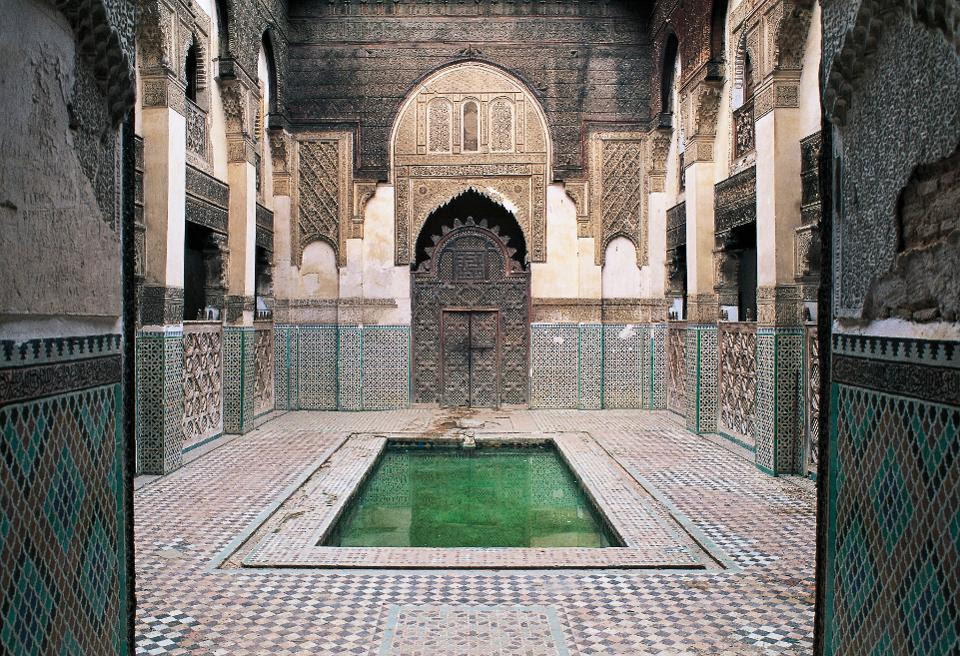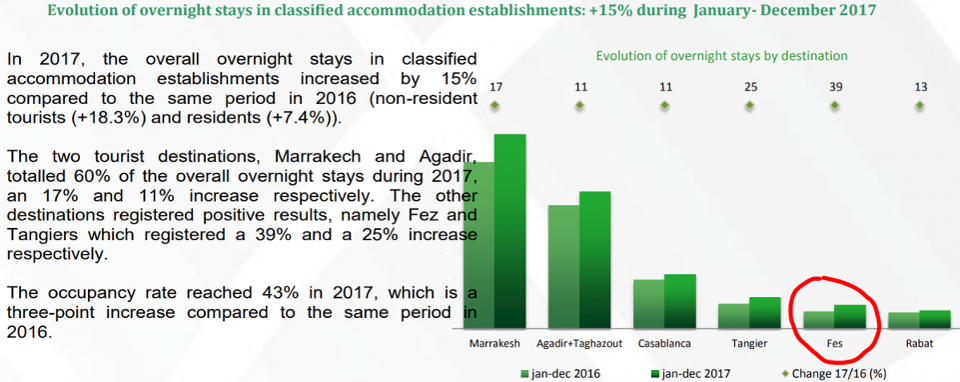FORBES
Francis Tapon
According to Morocco’s Ministry of Tourism, 11.3 million tourists visited Morocco in 2017. Most did not visit the nation’s best city.
The minaret of al Qaraouyine Mosque in the medina of the city of Fez, Morocco. (Photo by Valery SharifulinTASS via Getty Images)
Morocco was the first African country I visited. I spent two months there before spending the next 5 years driving overland to the other 53 African countries.
I wanted to see Morocco’s overlooked corners in addition to its well-known destinations.
I had read that Casablanca disappoints many travelers, which is why it didn’t disappoint me: it’s as mediocre as I expected it to be. Unlike most Moroccan medinas, Casablanca’s medina is filthy and uninviting.
Here’s lookin’ at you, kid. Casablanca’s old town has seen better days. (Photo by Braunger/ullstein bild via Getty Images)
When I visited, it had Africa’s tallest mosque, but in 2018, Algiers’ mosque topped it.
Today, the best thing about Casablanca is the movie that bears its name.
Casablanca’s Hassan II Mosque looks better up close than from the beach. (Photo by Artur Widak/NurPhoto via Getty Images)
Although Casablanca is Morocco’s most populous city, it’s not the capital; Rabat is. For a country as impressive and as spectacular as Morocco, you’d expect its capital to enrapture you. Instead, it’s about as thrilling as a three-hour lecture about Morocco’s tax code.
Rabat’s old town (the medina) is nicer than Casablanca’s. But that’s not saying much. (Photo by Valery SharifulinTASS via Getty Images)
Yes, I’m being overly harsh on Casablanca and Rabat. They are fine cities. In South Sudan, they’d be considered crown jewels.
However, compared to all the other amazing places Morocco has to offer, they should be low on your priority list. Internationally, Morocco’s two best-known cities are Casablanca and Marrakesh. In third place is Rabat, mainly because it’s Morocco’s capital.
It’s a pity that Morocco’s best city isn’t more famous. It’s the 1,200-year-old city called Fez
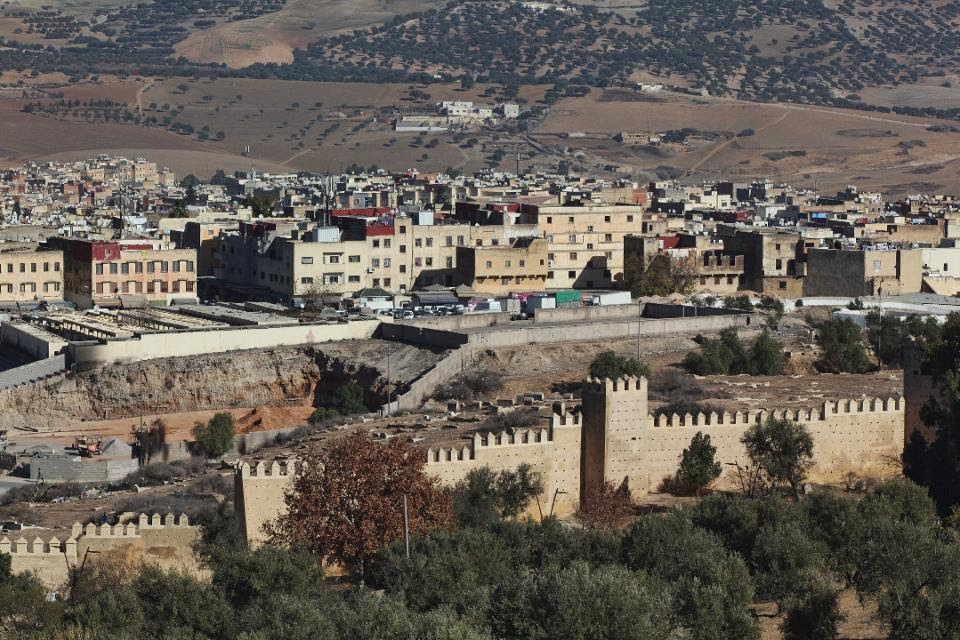
Fez is the second largest city of Morocco and it’s been called the “Mecca of the West” and the “Athens of Africa.” (Photo by Creative Touch Imaging Ltd./NurPhoto via Getty Images)
In 789, Idriss I, who founded Morocco’s first dynasty, thought that the ancient Roman city of Volubilis was too small for his grand vision of a new capital city. He’d be proud: today, Fez has over one million citizens while Volubilis lies in ruins.
Volubilis had its day in the sun in the 3rd century. (Photo by DeAgostini/Getty Images)
The Fez el-Bali (Old Fez) is the city’s gem. It is a UNESCO World Heritage site that will assault your senses with aromas and donkeys walking through its 9,500 alleyways.
Traffic jam in Fez. (Photo by Valery SharifulinTASS via Getty Images)
At the city’s heart is the Kairaouine Mosque, which is one of Africa’s biggest mosques with a capacity of 20,000 praying Muslims.
Islam’s holy book in the Kairaouine mosque in the medina in the old city of Fez, Morocco. ( Photo by Xurxo Lobato /Getty Images )
Next to the mosque is the Zawiya Moulay Idriss II, which may be the world’s oldest university—it was established in 859.
Fez has over 60 seqqâya (public fountains), which testify to the Almoravid dynasty’s clever civil engineers. They diverted rivers, made dams and built an intricate canal network to distribute the water throughout Morocco. The fountains in the medina feature brilliant zellij (tilework) and are still used today since not everyone has piped water at home.
Islam’s holy book in the Kairaouine mosque in the medina in the old city of Fez, Morocco. ( Photo by Xurxo Lobato /Getty Images )
Next to the mosque is the Zawiya Moulay Idriss II, which may be the world’s oldest university—it was established in 859.
Fez has over 60 seqqâya (public fountains), which testify to the Almoravid dynasty’s clever civil engineers. They diverted rivers, made dams and built an intricate canal network to distribute the water throughout Morocco. The fountains in the medina feature brilliant zellij (tilework) and are still used today since not everyone has piped water at home.
Take a sip at the Nejjarine Fountain in Fez, Morocco. (Credit: Getty Images)
You can visit madrassas (religious learning centers), medieval gates, kasbahs, tanneries, mausoleums and tea houses.
The higher the server pours the mint tea, the better it tastes. In theory. (Photo by Fishman/ullstein bild via Getty Images)
The tanneries get the most tourists. Shops that sell leather can be overwhelming.
A view of Chouara Tannery, a UNESCO World Heritage Site, in the heart of the ancient medina of Fez, Morocco. The tannery is composed of numerous dried-earth pits filled with a range of dyes and liquids, where raw animal skins are treated, scraped and dyed, turning them into high-quality leather products such as bags, coats, shoes and other similar products. (AP Photo/Mosa’ab Elshamy)
At some point, you’ll want to retreat to your riad and take a take drip in a hammam.
In the 14th century, locals took a dip here, the Sahrij Madrasa in Fez el Bali, Morocco. (Photo by DeAgostini/Getty Images)
Last year, 323,970 American tourists visited Morocco, up 23% from 2016. Although no other country saw such a dramatic percentage rise, the US only represented 3% of all tourists. France (31%) and Spain (21%) grabbed the top two spots, according to Morocco’s Ministry of Tourism.
Only 4% of tourists arrive through Fez’s airport. Fez’s hotel capacity is also 4% of Morocco’s total. Marrakesh nabs 34% of the total (source: in French).
Morocco’s Ministry of Tourism
Fez (Fes in French) gets far fewer tourist overnight stays than it deserves.
Therefore, next time that you’re in Morocco, don’t skip its best city. And learn how to greet a Moroccan too:





